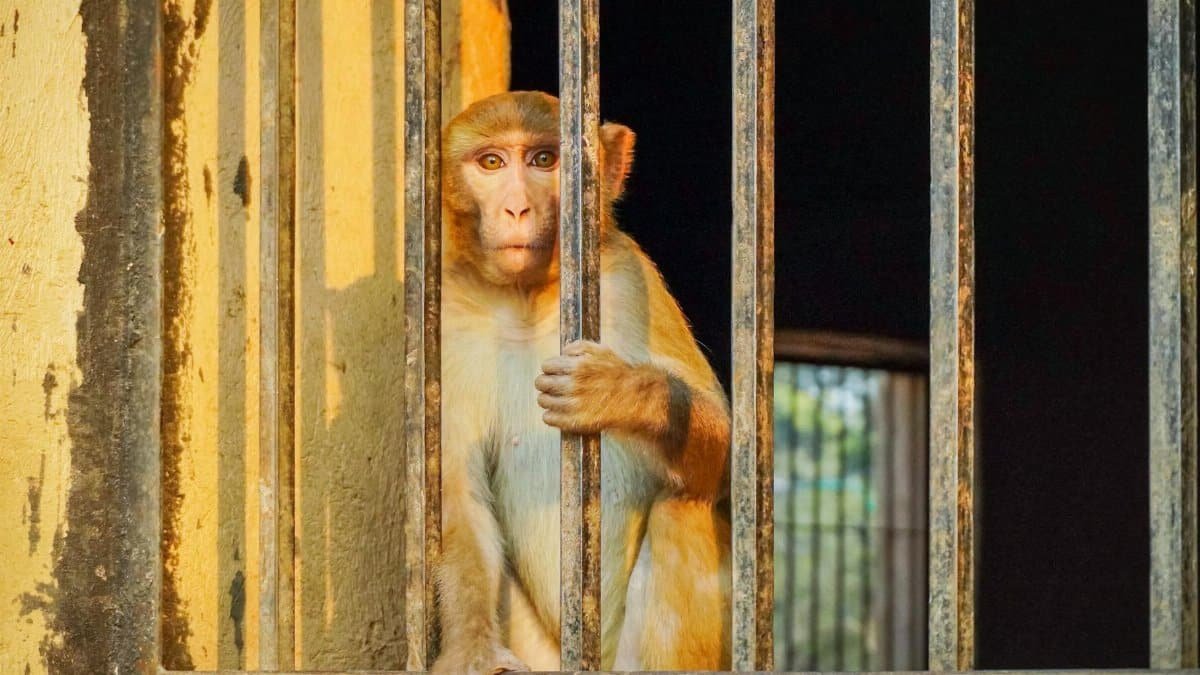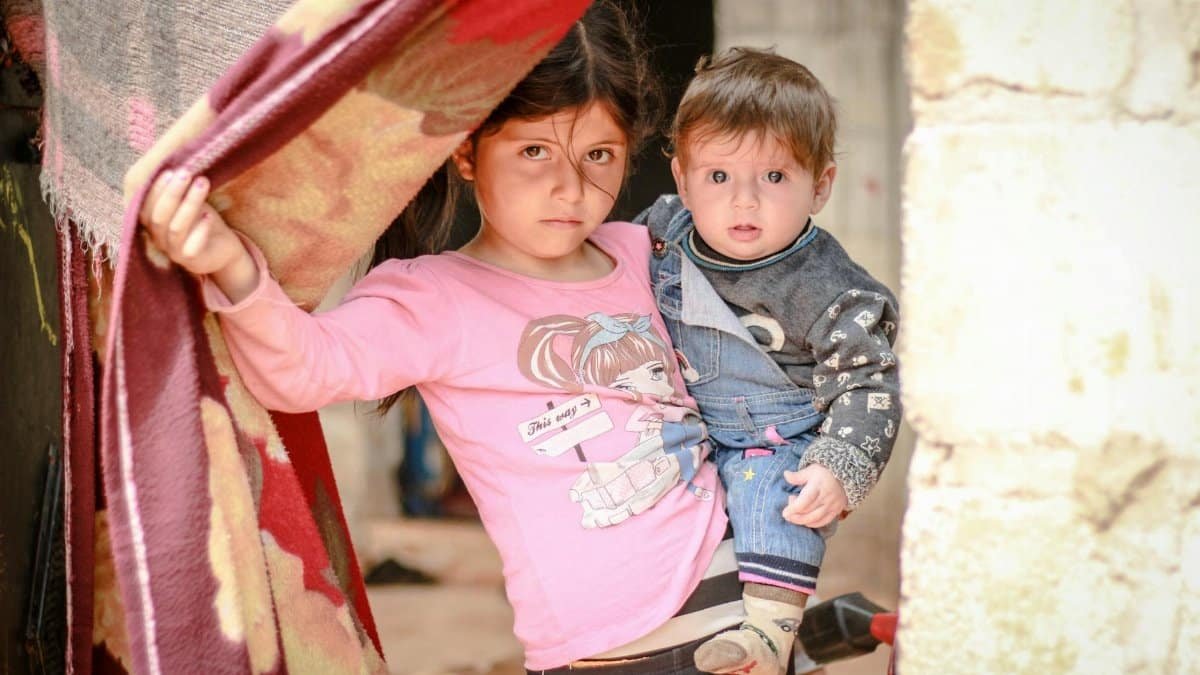Imagine a moment of quiet tension, the kind that simmers beneath a family dinner or a workplace meeting. Someone speaks sharply, another withdraws, and the air thickens with unspoken frustration. What if ancient wisdom, tucked into simple stories, could cut through that discord? Buddhist parables, often overlooked in our fast-paced lives, carry profound lessons for navigating conflict. These narratives, rooted in centuries of tradition, aren’t just relics of the past—they offer practical tools for untangling the knots of modern disagreements. From misunderstandings with a spouse to heated debates online, the concept of Buddhist parables conflict resolution feels strikingly relevant in 2025. This isn’t about achieving some lofty enlightenment overnight. It’s about small, grounded shifts in perspective that can change how we face the inevitable clashes of everyday life. Let’s turn to eight timeless parables that reframe the way we handle strife.
1. The Blind Men and the Elephant: Seeing Beyond Our Perspective

A group of blind men encounter an elephant for the first time. One touches the trunk and declares it a snake; another feels the leg and insists it’s a tree. They argue fiercely, each certain of their truth. This classic Buddhist parable reveals a core truth about conflict: we often cling to partial views, missing the larger picture. In a polarized world, whether it’s political debates or personal grudges, this story urges us to step back. What if the other person’s “wrong” opinion is just a different angle on the same elephant?
Consider a recent online exchange where two people sparred over a social issue. One, frustrated, later admitted anonymously in a public forum, “I realized I was only seeing my side, not theirs.” This parable, often cited in mindfulness teachings by institutions like the Upaya Institute & Zen Center, nudges us toward curiosity over combativeness. It’s not easy, especially when emotions run high. Yet asking, “What am I not seeing?” can loosen the grip of stubbornness.
2. The Two Monks and the Woman: Letting Go of Resentment

Two monks, traveling together, come upon a woman struggling to cross a river. One monk carries her across, despite their vow against touching women, then sets her down and continues on. Miles later, the second monk fumes, “How could you break our rules?” The first replies, “I left her at the river. Are you still carrying her?” This story slices through a common source of conflict: holding onto grievances long after the moment has passed.
In daily life, this plays out in quiet ways. A coworker’s offhand remark stings, and days later, it’s still gnawing at you during a meeting. The parable, often explored in texts archived by the BuddhaNet Education Network, suggests a radical act: release it. Not for their sake, but for yours. Easier said than done, of course. Yet the weight of resentment often fuels unnecessary clashes. What might shift if we set it down?
3. The Poisoned Arrow: Focusing on What Matters

A man, struck by a poisoned arrow, refuses treatment until he knows who shot it, why, and from where. As he questions, the poison spreads, and he dies. This stark parable warns against getting lost in irrelevant details during conflict. How often do we fixate on “who started it” or “why they did it” while the real issue—pain or misunderstanding—festers?
Think of a family argument spiraling over past slights instead of addressing the current hurt. Resources from the Tricycle: The Buddhist Review often highlight this story as a call to prioritize healing over blame. In 2025, with digital arguments erupting over every misstep, this feels urgent. Pull the arrow out first—deal with the immediate problem. The backstory can wait. Sometimes, it doesn’t even matter.
4. The Mustard Seed: Understanding Shared Pain

A grieving mother, Kisa Gotami, begs the Buddha to revive her dead child. He sends her to find a mustard seed from a home untouched by death. She returns empty-handed, realizing loss touches everyone. This parable isn’t just about grief—it’s a lens on conflict rooted in personal suffering. When someone lashes out, their anger might mask a deeper wound.
Picture a tense exchange with a friend who snaps unexpectedly. Later, you learn they’re struggling with a private loss. The story, often referenced in compassion studies by groups like the Stanford Center for Compassion and Altruism Research, suggests empathy as a bridge. Not to excuse harm, but to soften the edges of confrontation. Recognizing shared human pain can shift a shouting match into a conversation. It’s a slow, imperfect process, but it starts with seeing beyond the surface.
5. The Raft: Not Clinging to Methods

A man builds a raft to cross a river. Once on the other side, he wonders if he should carry it forever since it helped him. The Buddha advises against this—tools are meant to be used, then left behind. In terms of Buddhist parables conflict resolution, this speaks to rigid attachment to “how things should be done” during disagreements.
At work, this might mean insisting on your approach to a project, even when collaboration stalls. The parable reminds us to adapt. A rigid stance often fuels friction, while flexibility can ease it. Whether it’s a parenting dispute or a team deadlock, the question lingers: are we carrying an old raft we no longer need? Letting go of outdated solutions isn’t defeat—it’s progress.
6. The Monkey Trap: Releasing Obsession

A monkey reaches into a narrow jar for a treat but can’t pull its clenched fist out. Refusing to let go, it’s trapped. This story mirrors how obsession with being “right” or winning an argument ensnares us in conflict. The solution is simple yet hard: open your hand. Release the need to triumph.
In personal spats, this trap is familiar. A couple argues over a trivial chore, but it’s really about proving a point. Neither budges, and the day sours. The parable pushes us to ask what we’re truly holding onto. Is victory worth the cost? Sometimes, stepping back—literally or emotionally—frees everyone involved. It’s not weakness; it’s clarity.
7. The Burning House: Urgency in Resolution

A father sees his house on fire with his children inside, playing, unaware of the danger. He lures them out with promises of toys, saving them. This parable, while dramatic, speaks to conflict’s hidden stakes. Small disputes can mask larger risks—strained relationships, eroded trust—if left unchecked.
Think of a simmering tension with a sibling, ignored for years, that suddenly erupts. The “fire” isn’t always obvious until damage is done. Addressing friction early, even when it feels uncomfortable, can prevent deeper ruptures. This story isn’t about fearmongering; it’s about recognizing when a minor clash signals something worth saving. Act before the smoke thickens.
8. The Empty Boat: Detaching from Personal Offense

A man rows across a lake and collides with another boat. Furious, he turns to yell—only to see the boat is empty, drifting on its own. His anger vanishes. This final parable offers a striking take on Buddhist parables conflict dynamics: often, what offends us isn’t intentional. It’s just life, drifting into our path.
Apply this to a curt email from a colleague. You bristle, assuming malice, until you learn they were rushed or stressed. The “empty boat” perspective dissolves pointless rage. Not every slight is a personal attack. Sometimes, it’s just circumstance. This doesn’t mean ignoring real harm, but it can temper knee-jerk reactions. In a world quick to take offense, especially online in 2025, this story feels like a quiet antidote. Let the empty boats drift by.
These eight parables, drawn from ancient Buddhist teachings, aren’t quick fixes for conflict. They’re mirrors, reflecting how we tangle ourselves in misunderstandings, grudges, and rigid thinking. From the blind men’s fragmented truths to the empty boat’s lesson in detachment, they offer subtle but powerful ways to reframe everyday struggles. Conflict won’t disappear—nor should it, as it often sparks growth. But how we meet it can change. These stories, timeless yet timely, invite a pause, a shift, a chance to respond rather than react. Next time tension flares, whether at home or in a heated comment thread, one of these lessons might just float to mind. And that small moment of clarity could make all the difference.
